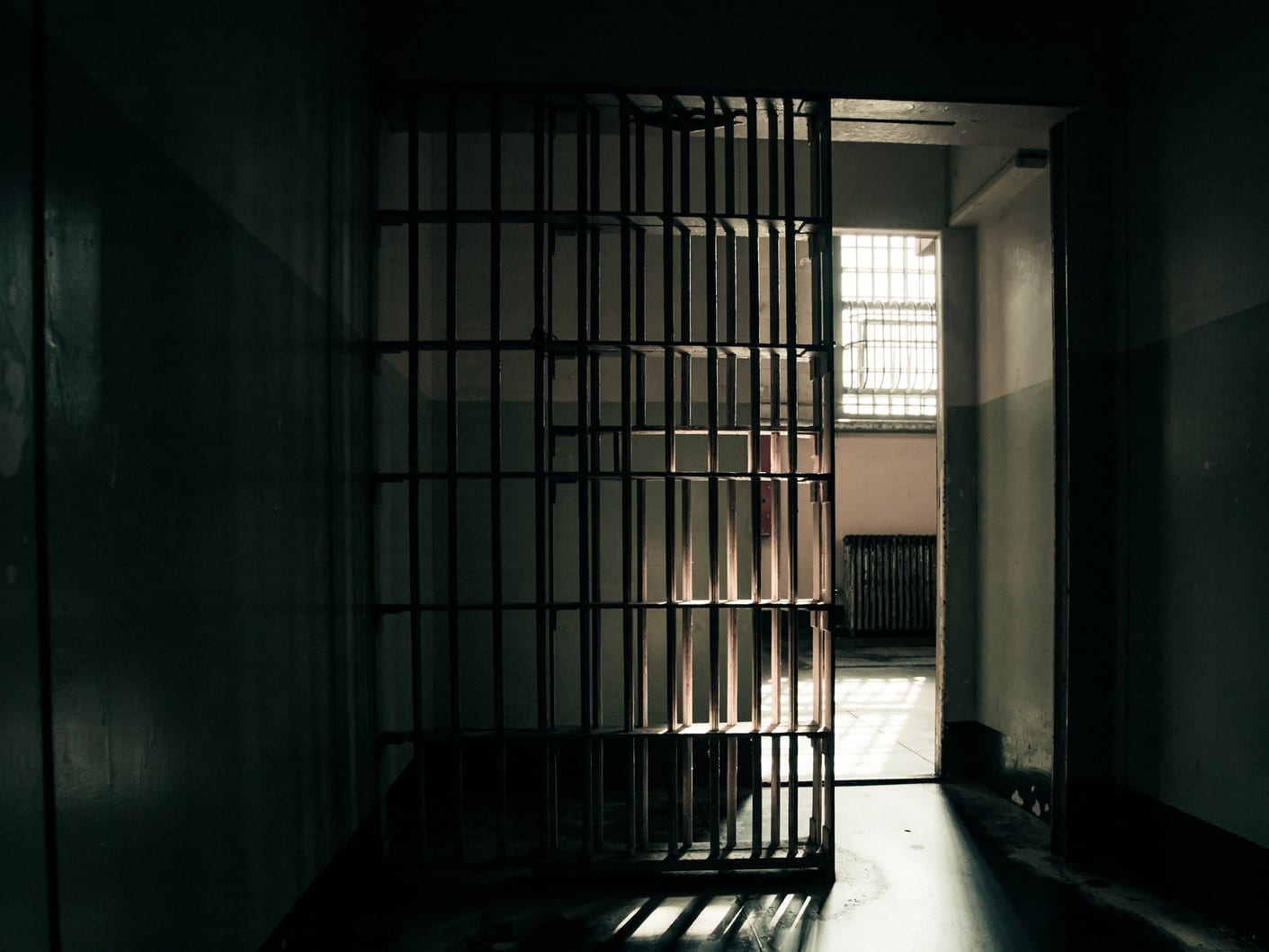By Devin. D. Coleman
After being released from prison, the first thing a returning citizen wants to do is rebuild. For years, they’ve been away from everything that they knew and loved. Picture this. You were convicted and sentenced understanding that you were paying your debt to society. Once the debt was paid, you would be free and clear to start over. When your release date approaches, you have mixed emotions. On the one hand, you’re excited about your upcoming release. On the other, you’re anxious about how the “free world” has changed and what your place will be in it.
People have basic needs they must meet after release.
According to Maslow’s Hierarchy of Needs, a human has basic needs of food, water, shelter and several other staples. So, you set out to conquer level one. Then reality punches you square in the gut. Your conviction deprived you of the basic building blocks that would allow you to build a solid foundation. On every application you see, one question sticks out: “Have you ever been convicted of a felony?”
In your mind, your response is, “Yeah, but I paid my debt.”
So while you’re processing the barriers to employment, you realize that you also don’t have anywhere to live due to housing restrictions. If your family or friends don’t own a home and feel comfortable with you in it, you’ll be couch surfing or trying to get a bed at the homeless shelter. Adding insult to injury is that society moves at a rapid pace while doing time is slow and agonizing. Some people left a society that did things like job and rental applications on paper and returned to a digital world with no training to help them bridge the gap.
People released from prison have barriers that make it difficult to reenter society.
The criminal justice system’s premise is to hold “offenders” accountable for their alleged offense. They do so by forcing them to pay their debt to society in the form of a prison sentence. One might think once a person pays their debt, they would be able to move forward with their life.
Unfortunately, the reality is quite different. Several barriers exist post-release that position formerly incarcerated people between a rock and a hard place. The recidivism rate is the rate at which a person reoffends. According to multiple studies, several factors affect the recidivism rate. The ones that affect that rate the most are housing, employment, education and civic engagement. Yet, when a returning citizen is released from custody, it can feel like access to all of these things is prohibited or limited in some way.

We can reduce recidivism by making it easier for people to rebuild their life after prison.
To reduce recidivism, the country needs policy changes that reduce barriers and open pathways to opportunity. In the past, a change in public sentiment influenced by political messaging led to tough on crime laws that have impeded successful reentry. People leaving prison also need ambitious programs that create tangible opportunities to rebuild their lives. These programs won’t just help formerly incarcerated people rebuild their lives. They will also help them rebuild their families and communities.
Therapeutic options would also offer crucial opportunities for returning citizens to take care of their mental health. The goal, according to the BOP and other systems, is successful re-entry. Prison can be a traumatizing place and studies have shown that PTSD, depression and other ailments are common among returning citizens. When reintegrating individuals who’ve served time back into society, helping them develop and manage these “soft skills” would provide a huge boost.






